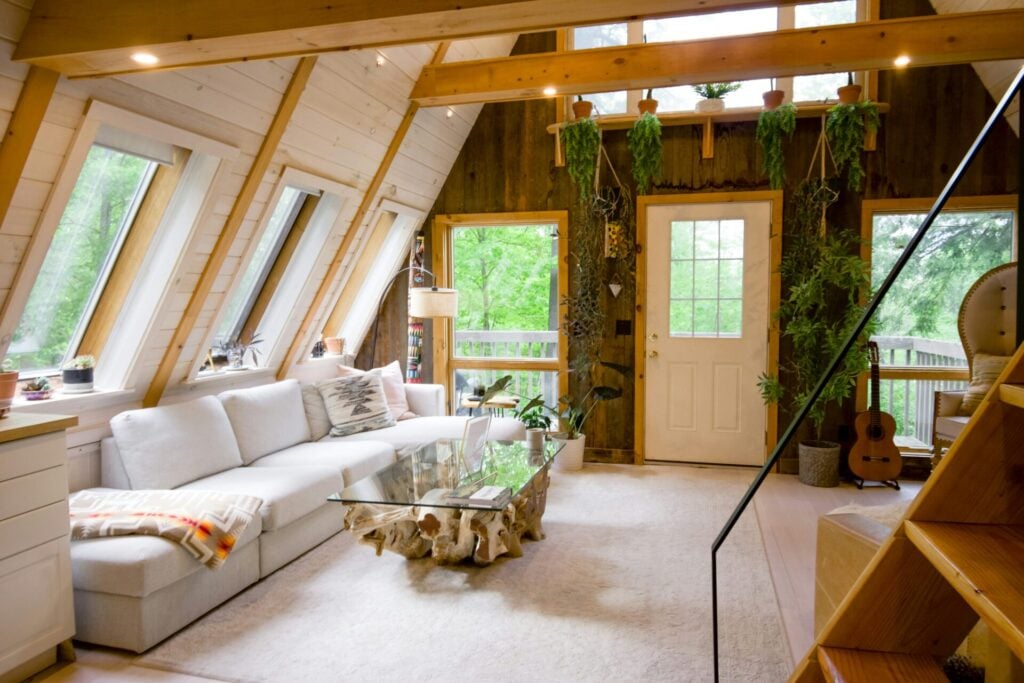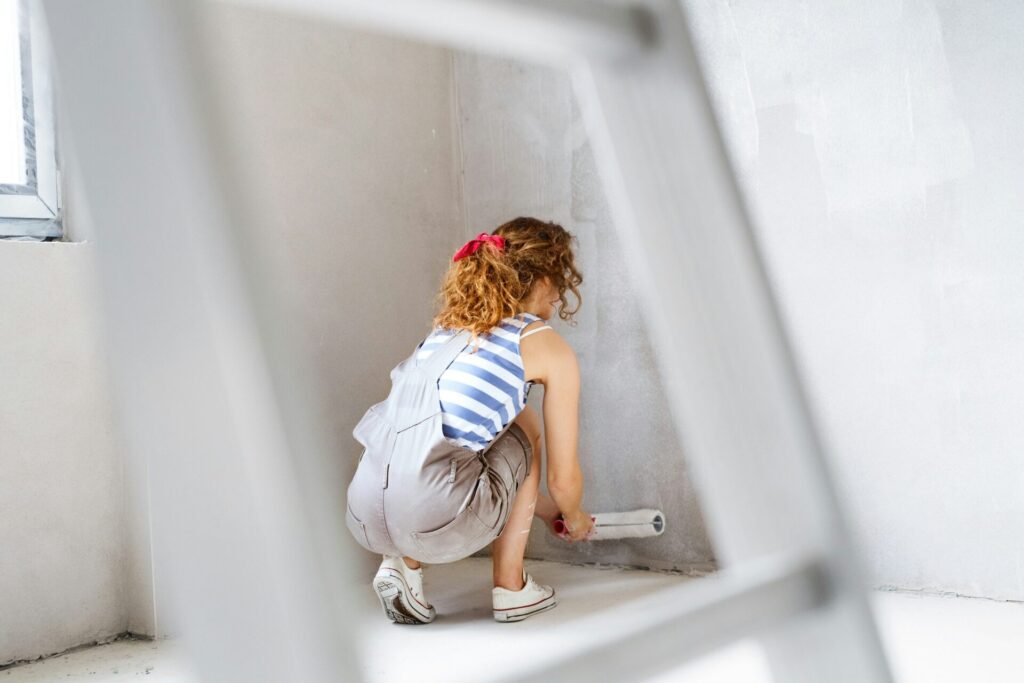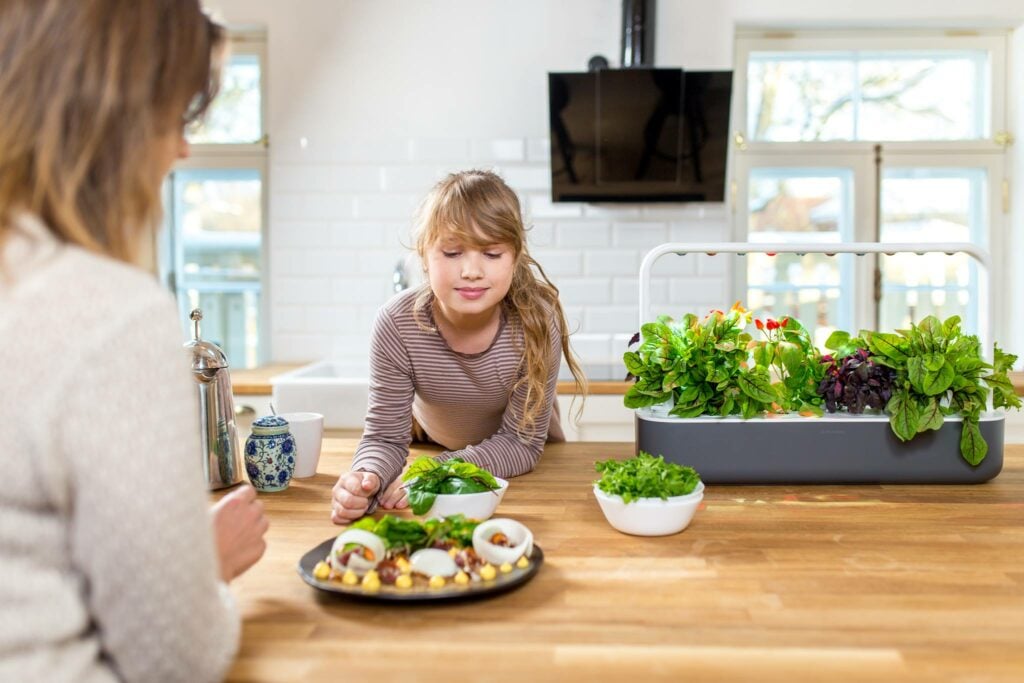Ever come home, drop everything at the door, and immediately feel like something’s off but can’t quite place it? Maybe the space feels flat, cluttered, or just not as calming as it should be. In a time when we’re spending so much of our day at home, comfort isn’t a luxury, it’s the baseline. And often, the quickest route to a better-feeling home is surprisingly simple: small, sustainable tweaks that improve the way your space functions, looks, and even breathes.
Comfort Starts Where You Wake Up

More people are working, resting, and regrouping from home than ever before. With flexible work hours, side gigs, and life still adjusting post-pandemic, bedrooms aren’t just for sleep, they’re the recovery zone. So the comfort you build into that space has ripple effects across your day.
Start with the most obvious but most overlooked detail: your bed. It’s the place you spend a third of your life, and yet it’s the one we tend to push down the priority list until back pain or sleepless nights force us to rethink it. If your sleep feels like a fight, it might be time for a serious upgrade.
When you shop Tempur-Pedic cooling mattresses online, you’re not just buying foam and fabric. You’re investing in balance support that adjusts to your body and temperature control that works even when summer refuses to leave quietly. These cooling models are designed to take the guesswork out of rest, helping you wake up feeling like your body actually got a break. And they last for years, meaning fewer replacements and less waste over time.
This kind of comfort doesn’t require rearranging your entire life. It just means choosing tools that actively improve the quality of the hours you’re already spending. In a world that expects more of us every day, it’s smart to choose things that give something back – including those designed to last, not leave a footprint behind.
Air, Light, and Noise Make a Bigger Difference Than You Think
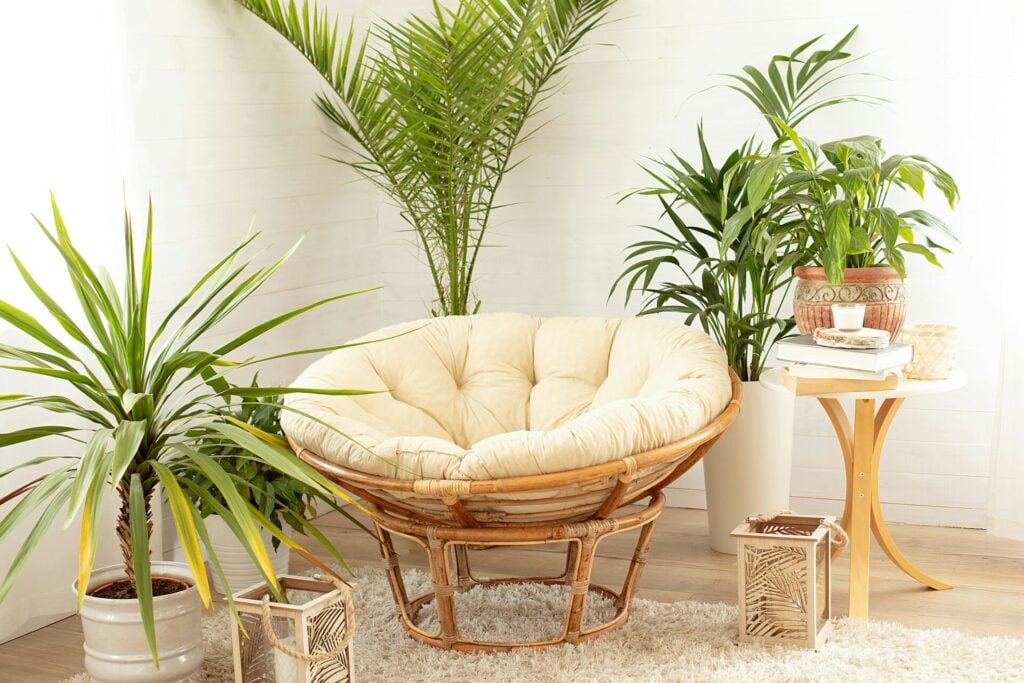
Some spaces feel off not because of what’s in them, but because of what’s floating through them. Air quality is one of the quietest disruptors of comfort. Stale air, lingering smells, or inconsistent temperatures make a home feel heavier than it needs to. A quality air purifier, regular filter changes, and small plants that help regulate humidity can shift the entire tone of a room.
Light matters too, and not just in the Instagram-sunset kind of way. Bright overhead lights make a space feel clinical. Instead, mix floor lamps, task lighting, and softer bulbs that mimic natural light. Energy-efficient LEDs are an easy win here, they use far less power and last much longer. Dimmer switches also go a long way, giving you flexibility throughout the day without having to change your fixtures.
Noise is trickier but just as important. Maybe it’s the neighbor’s music or the echo in your own kitchen. Soundproofing doesn’t have to mean full renovation. Area rugs, thick curtains, and acoustic panels can absorb echo and create warmth. If the background hum is part of the problem, white noise machines or low-level ambient playlists help mask chaos without demanding your attention. Together, air, light, and sound shape your perception of calm. You might not always notice them when they’re working well—but you definitely feel it when they’re off.
Textures Ground a Space Without Overwhelming It
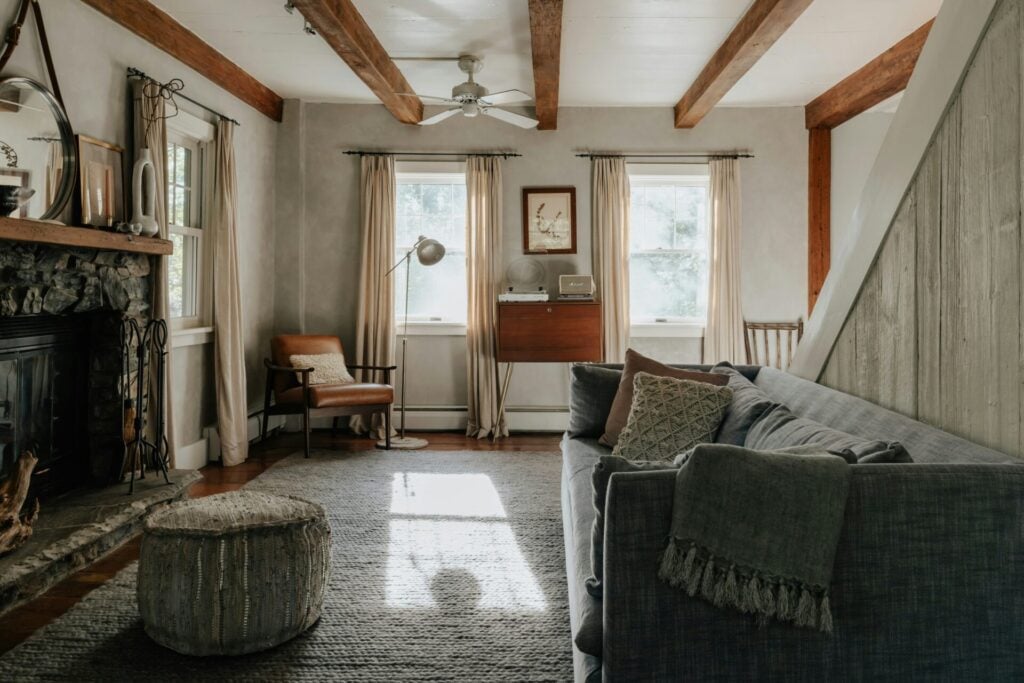
Comfort lives in the physical details, the things you touch more than the things you see. A room with the right mix of textures invites you in without trying too hard. Think thick-knit throws on a smooth couch, soft rugs made with sustainable materials under hard floors, cool glass next to warm FSC certified wood. These contrasts help define space and give each area its own purpose.
You don’t need a dozen pillows or a wall of art to pull this off. Start by swapping one flat, overused surface with something weightier. Opt for natural fibers like organic cotton, linen, or GOTS certified wool over synthetics that take years to break down when thrown away. Natural materials breathe better, last longer, and biodegrade when it’s time for a change.
Even small switches make a difference. Reusable cloth napkins over paper, a wooden tray over a plastic one, or ceramic mugs over plastic tumblers all contribute to the sensory experience of home. Texture isn’t decoration, it’s a physical signal that your conscious space is meant to be lived in.
Decluttering Without Turning Your Home Into a Magazine Spread

You don’t need a spotless, silent space to feel comfortable. What you need is flow. If you can’t walk through your living room without sidestepping a basket, a charger, or last night’s project, your brain registers the disruption.
Start by removing what you no longer notice. That pile in the corner or the drawer that sticks because it’s packed with things you might use ‘someday’? Give yourself room to breathe by letting go of things that don’t serve you, especially if you’re only keeping them out of habit.
But don’t confuse decluttering with erasing personality. Comfort is about editing what’s around you so what remains reflects who you are now. Display a few meaningful items that remind you of the people or places you care about. Keep the rest behind closed doors or, if possible, out of the house entirely.
Zones Make Your Home Work Smarter, Not Harder
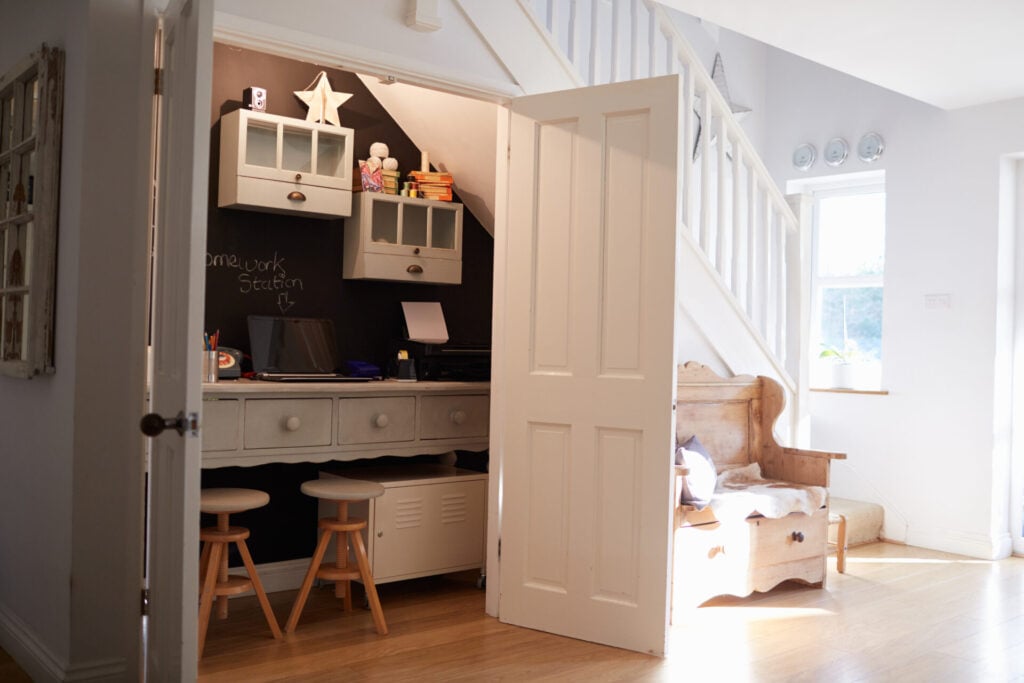
Open floor plans sound great until you’re working from the dining table, someone’s gaming ten feet away, and the dog’s barking at delivery trucks. One of the easiest ways to build comfort into a space is by zoning it, even if it’s just psychological.
If your home is small, get creative with fold-out desks, corner reading nooks, or modular seating that allows one space to serve more than one function. Creating dedicated areas gives your brain a cue that each part of the home has a purpose.
This helps not just with productivity, but with rest too. When the couch is for relaxing, the kitchen is for gathering, and the bedroom is for unwinding, your body knows what to expect.
Comfort Is a Moving Target—Treat It That Way
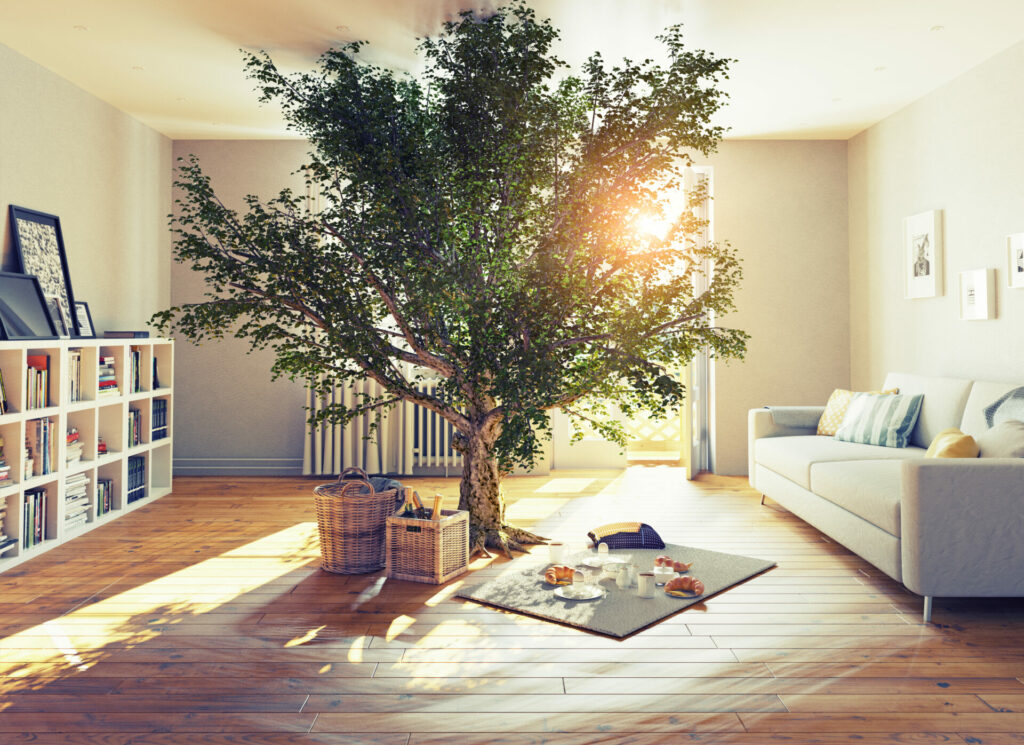
What feels cozy in winter might feel stifling in July. What helps you relax after work might shift as your schedule changes. The most livable homes aren’t fixed in place. They adjust and change with the people inside them.
So check in with your space. What feels out of step? What’s always in the way? What’s missing that might be easy to add? You don’t need to wait for a full makeover or a wave of inspiration. Sometimes the most meaningful shifts happen with a single purchase, a small edit, or a fresh way of arranging what you already have.





